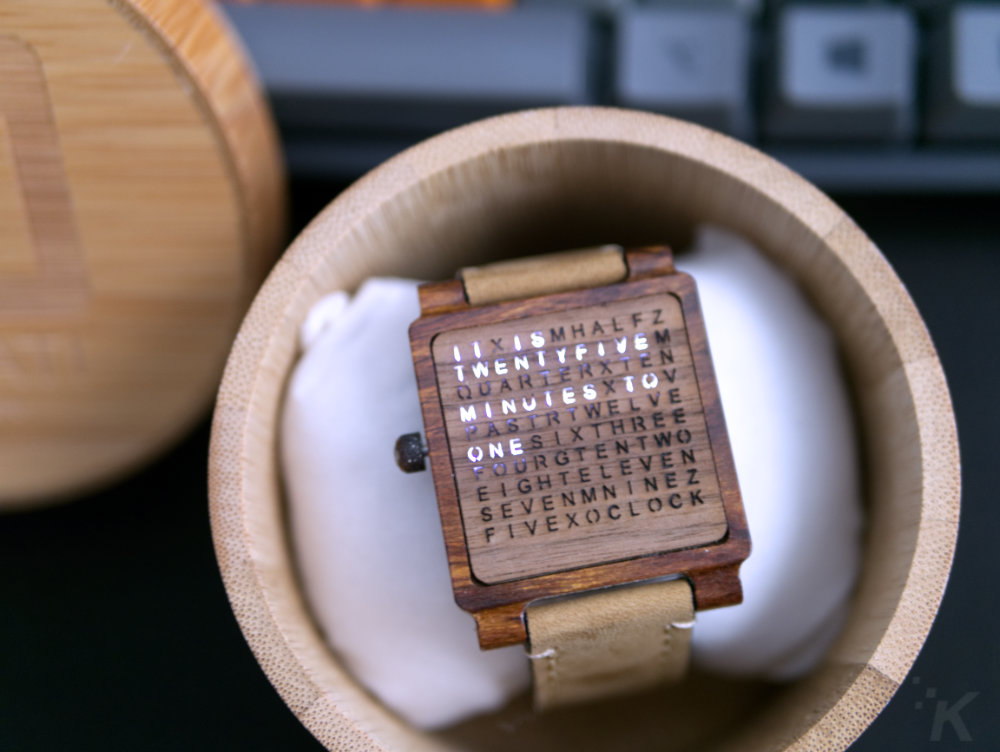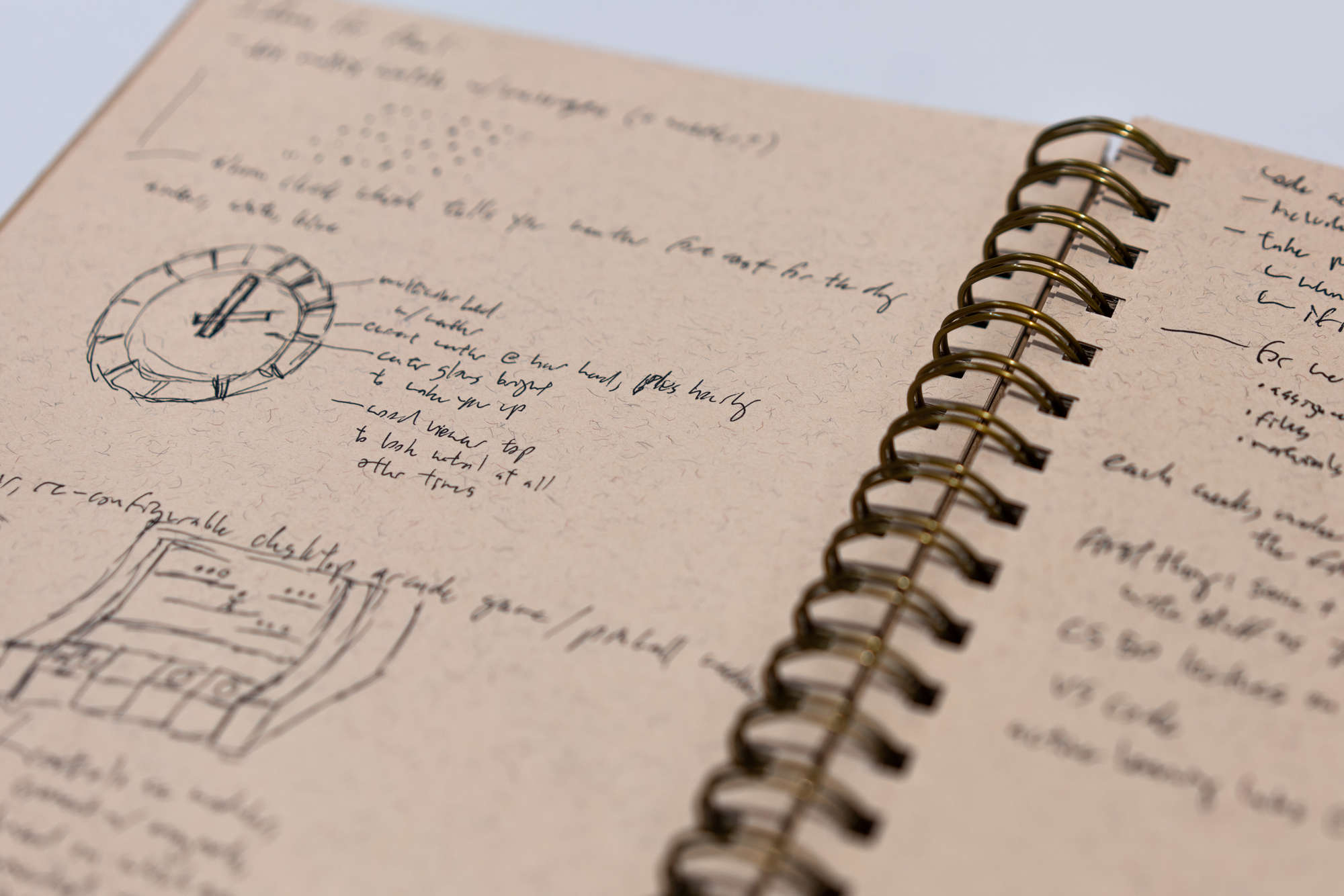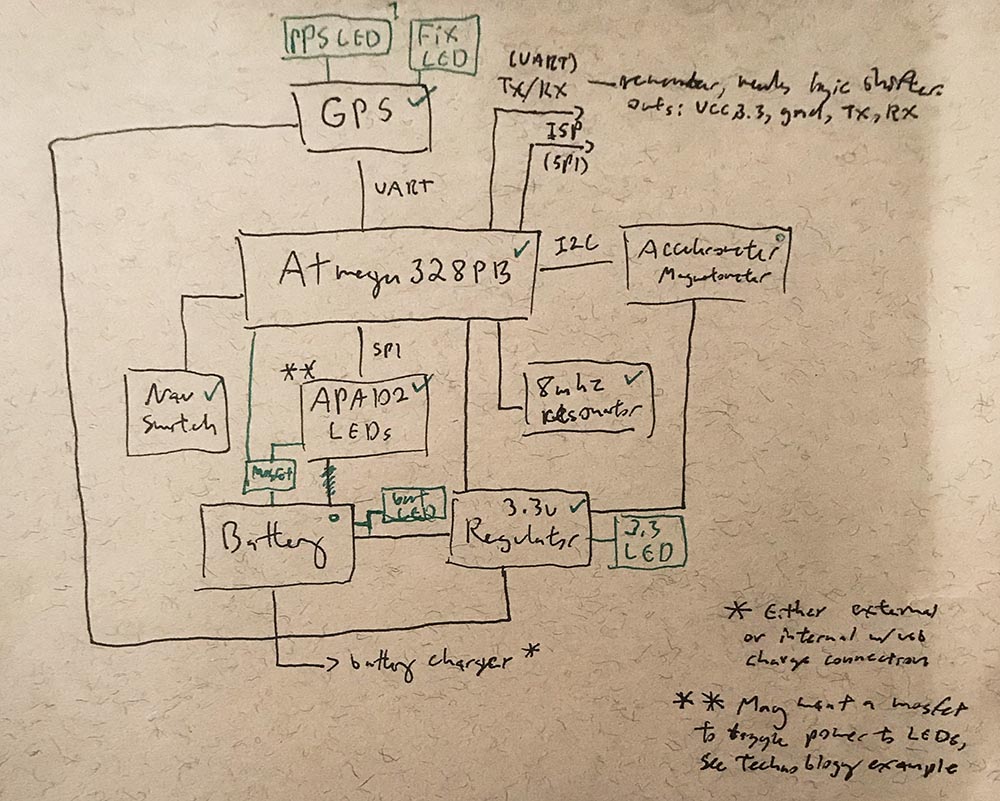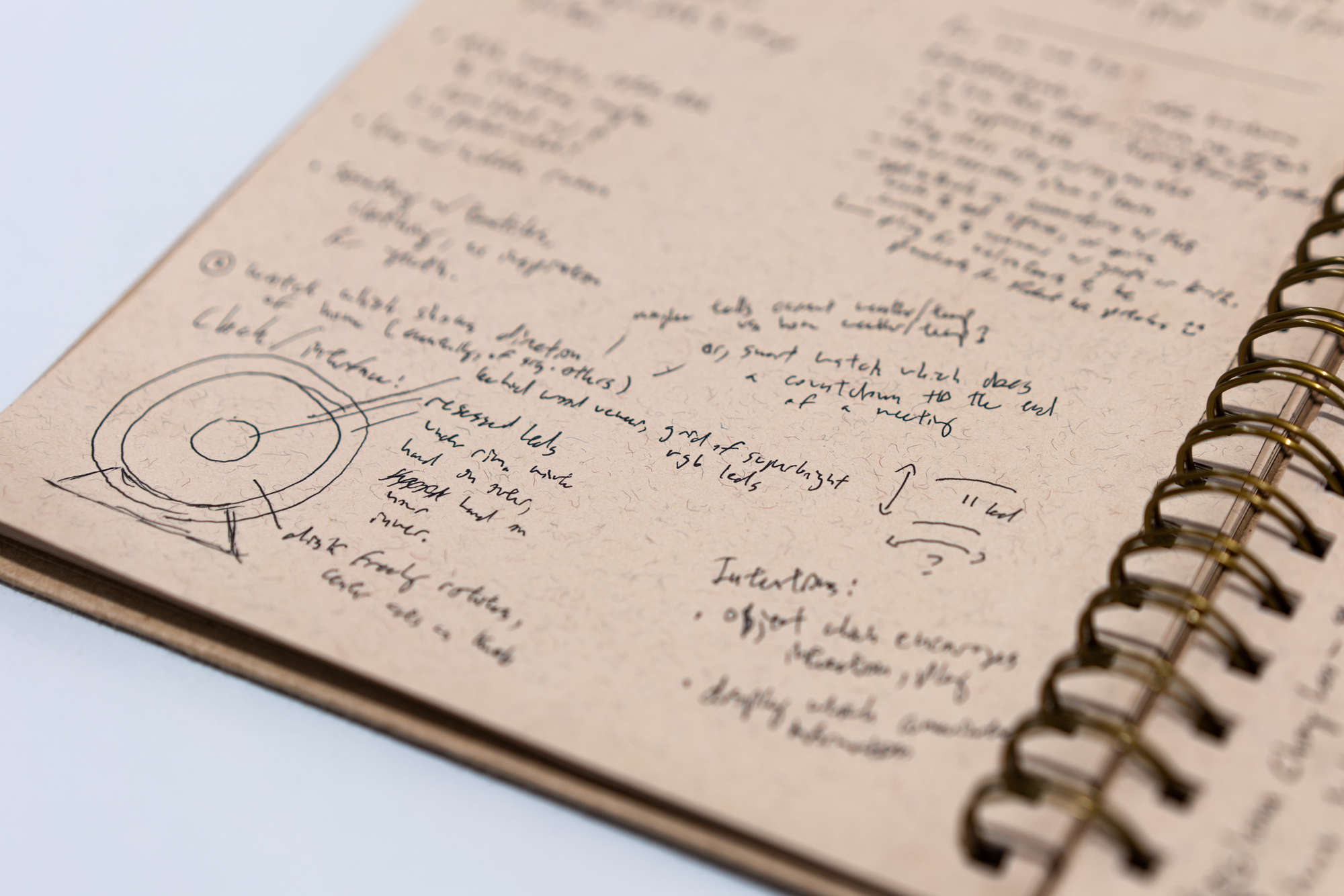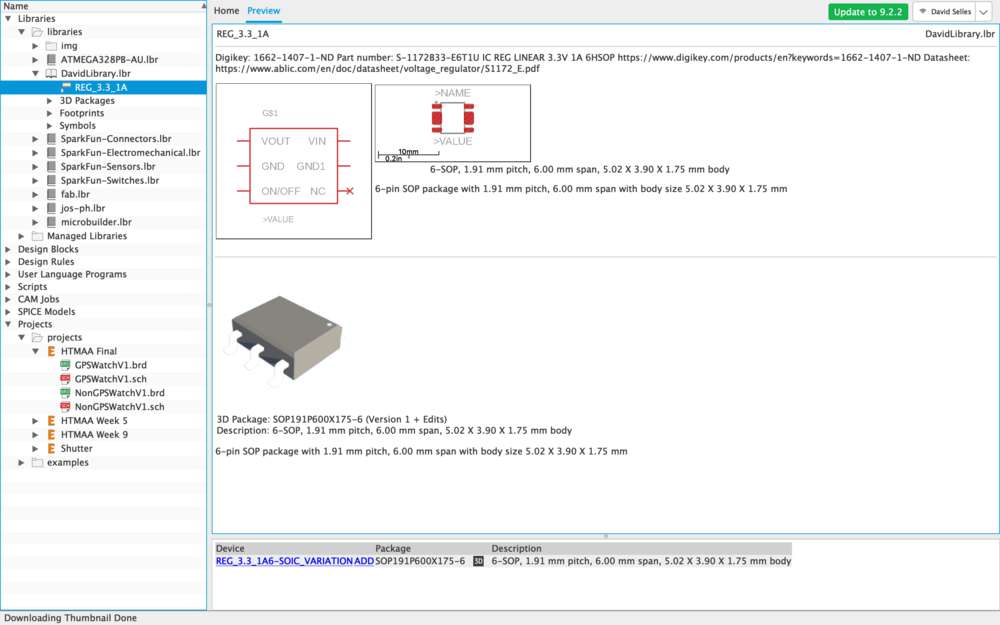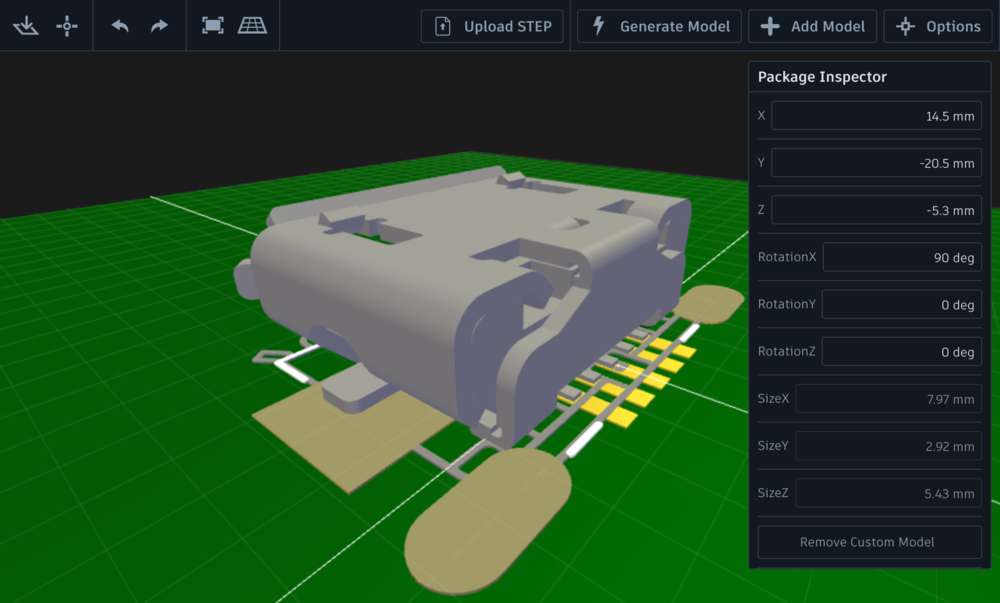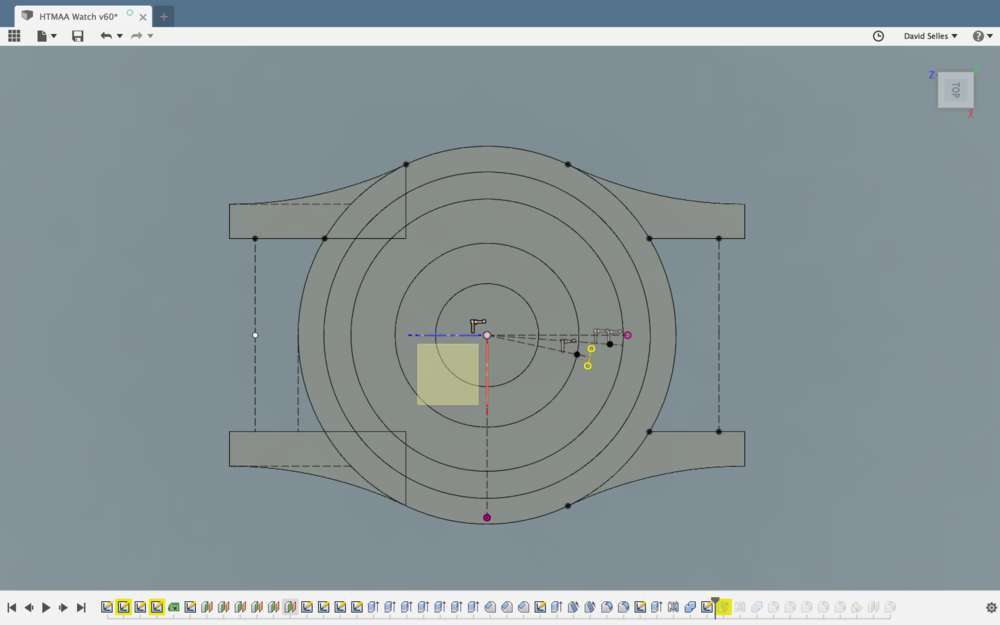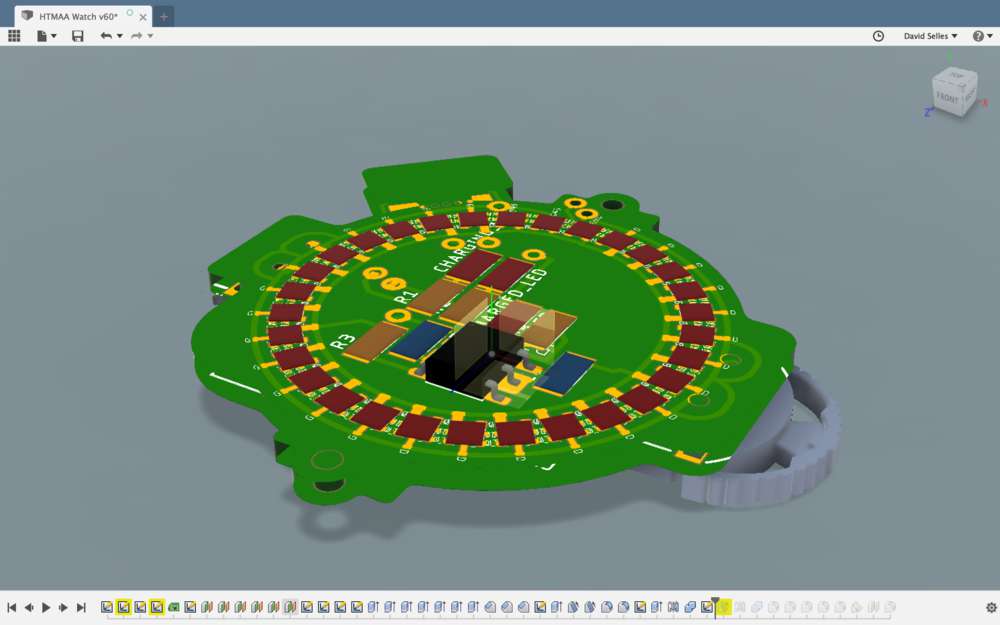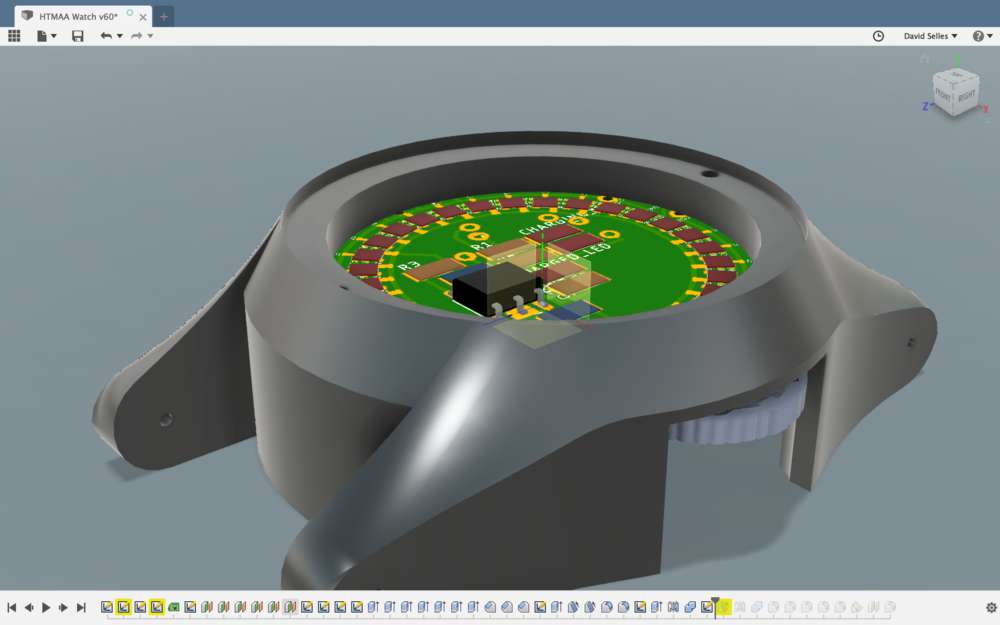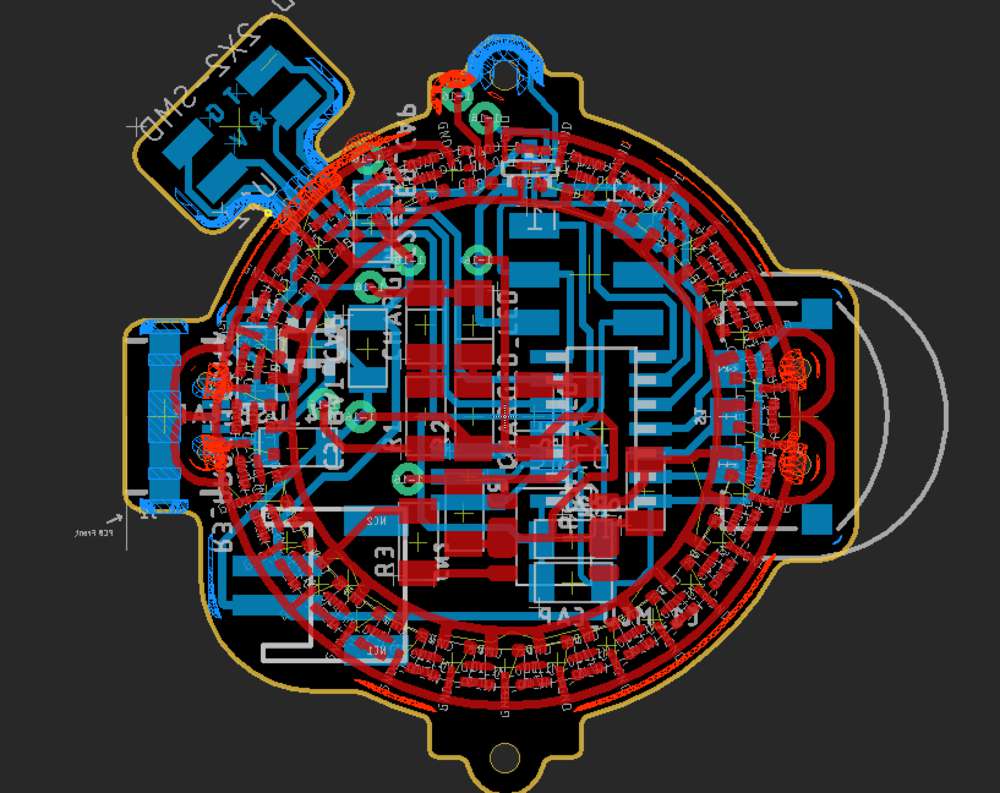Power
Figuring out how to power my watch was trickier than I expected. Originally I figured I'd use a CR2032 coin cell battery. They're cheap, have a low profile, and they're sold just about everywhere. They don't store a ton of charge (only about 225 or 250mAh) but with smart power draw using a relatively slow clock speed it should be possible to get a decent amount of life out of that battery. I know the final version of Harnek's Word Watch was able to operate for the better part of a year before needing a replacement battery.
The DotStar/APA102 RGB LEDs I'd like to use are rated for 5v, the GPS module I got is rated for between 3v and 4.3v, and the accelerometer/magnetometers I've been looking at are rated for between 2.2 and 3.6v. David Johnson-Davies on Technoblogy found that he was able to run APA102s on a coin cell without too much trouble, though the colors weren't as even as they would be at 5v (namely the blue LED looks rather dim). Unfortunately, while the CR2032 is rated for 3v, it really starts out at 3v and then slowly dips down toward 2.5v or so, which is a no-go for the GPS module.
In this case the solution seemed to be a reachable Lithium Polymer (LiPo) battery. They come in a slew of different sizes so I'm sure I could find one to fit into a watch enclosure, though they don't hold as much per charge as the CR2032 (~100mAh for a similarly sized battery).
Unfortunately, this leaves us with the opposite problem when it comes to the accelerometer/magnetometer; while most LiPo batteries are rated for 3.6v, they actually start out around 4.2v and dip down to 3.6v for the majority of their discharge, ultimately landing around 3v. I voltage regulator would solve this problem, though upon further inspection the 3.3v regulators we have in stock have a dropout voltage of over 1v, which means they'd be cutting an additional 1v+ off the top of the battery's already low voltage. After some poking around online I was able to find a voltage regulator with a much smaller dropout rating, which would allow me to run all of my components (perhaps with the exception of the LEDs) at around 3.3v.
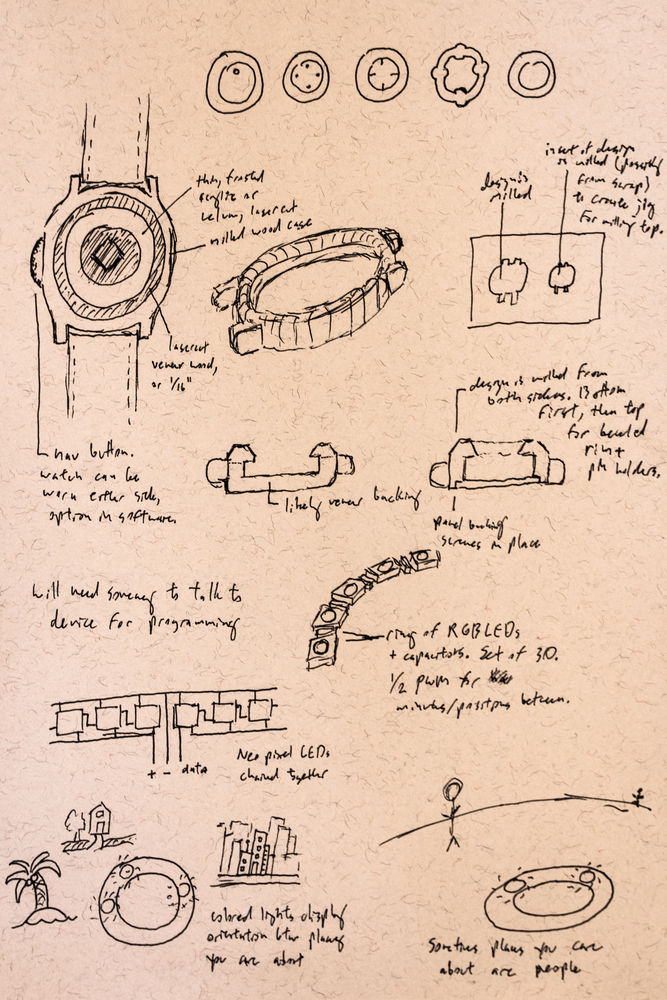
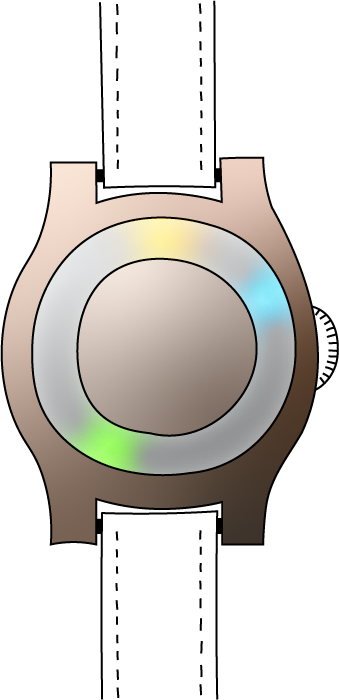
 Icons by
Icons by 